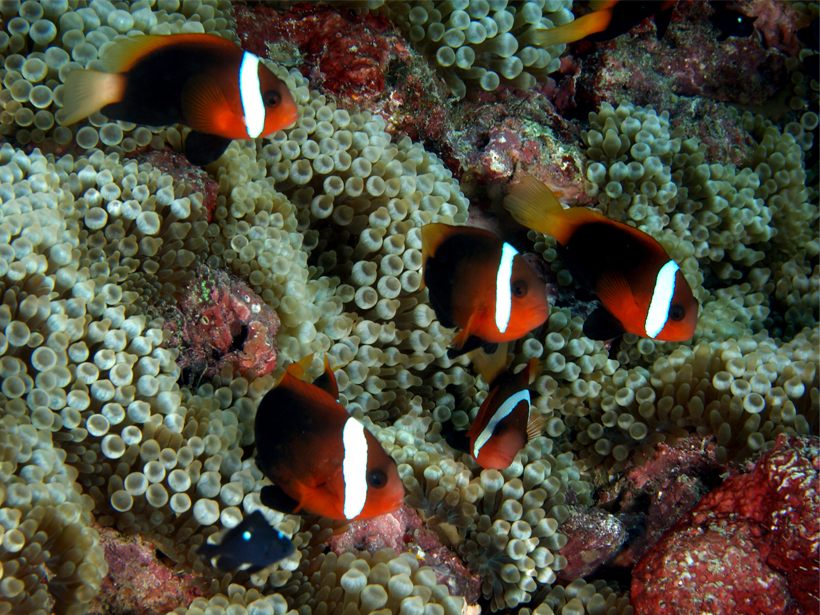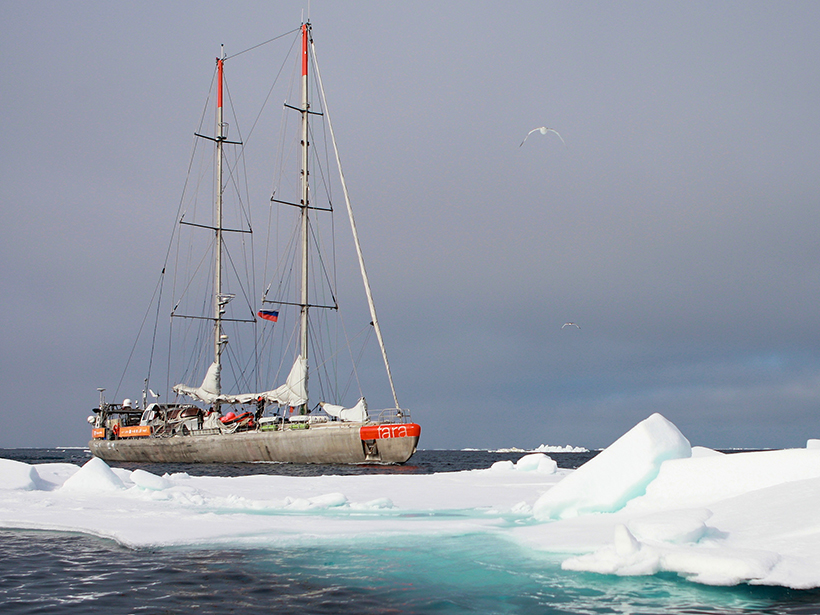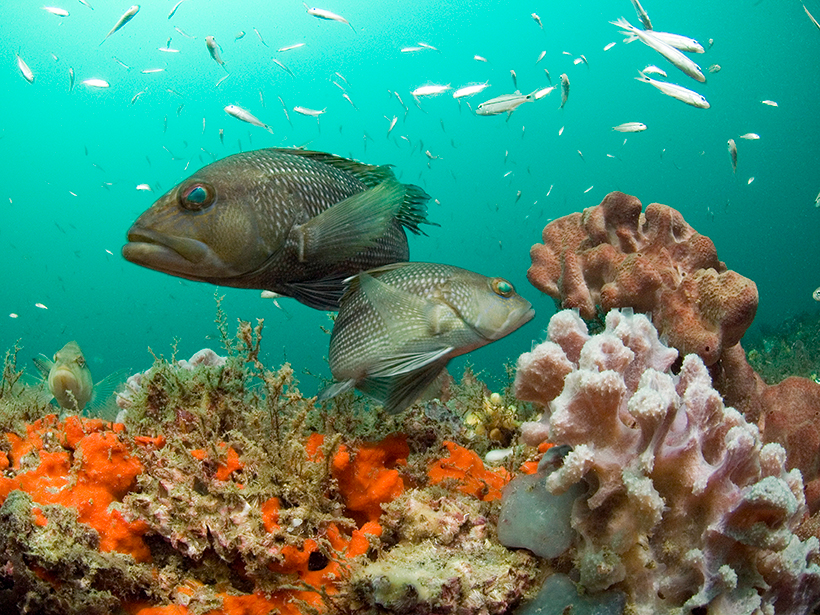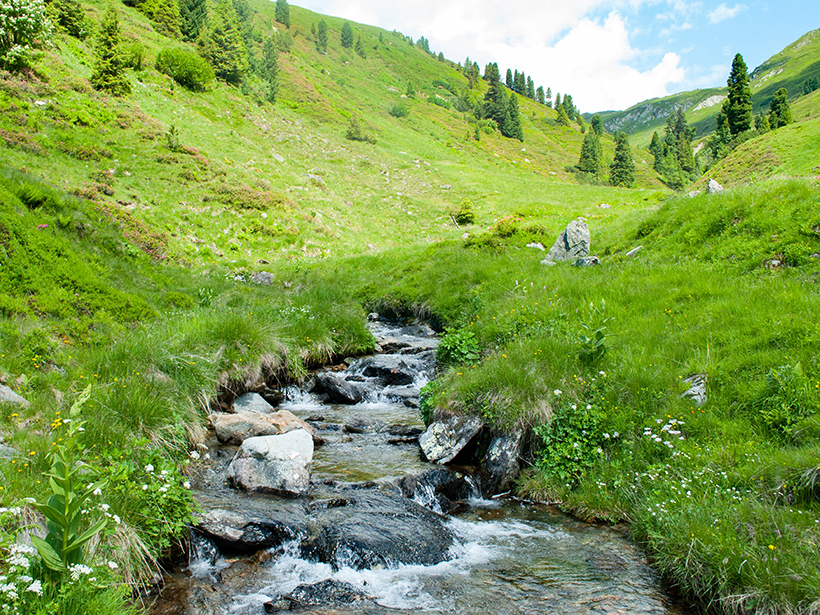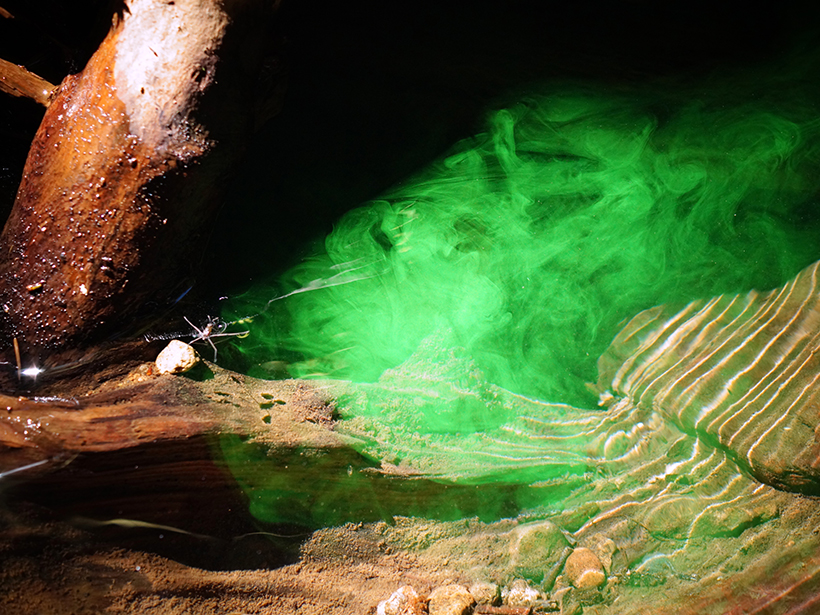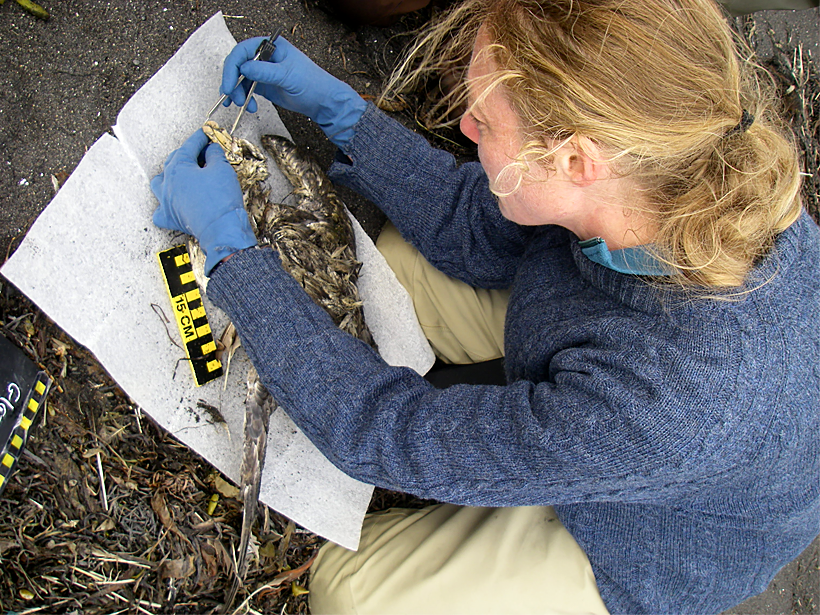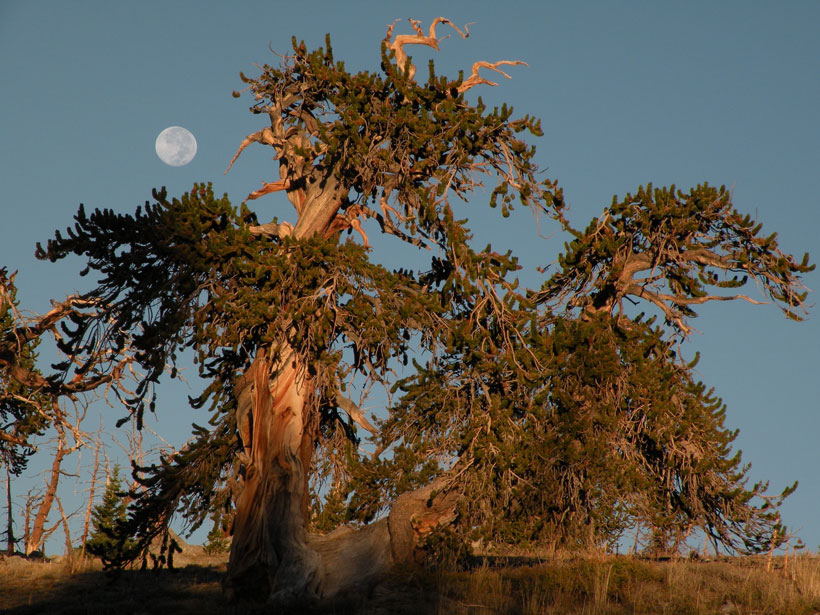Noise pollution may be changing how some species of fish develop.
ecosystems
Leaping Global Temperatures Make Frog Disease Deadlier
Climate change will shift the warmest months, when disease rates spike, into tadpole season, which could endanger the long-term survival of common frogs.
Marine Virus Survey Reveals Biodiversity Hot Spots
Ocean samples collected from around the world produced a twelvefold increase in the number of marine viruses known. A portion of the Arctic Ocean has “surprisingly high diversity.”
Mysterious Coral Reef Halos Can Be Seen from Space
Grazing rings around reefs have the potential to be used as a tool for monitoring reef health, but first, scientists have to figure out what factors govern halo size differences.
Global Warming Hits Marine Life Hardest
The lack of thermal refugia in the ocean means marine life has nowhere to escape from rising sea temperatures.
Modeling River Boulders to Improve Hydropower Sustainability
Large stones in streams provide crucial habitat for fish. Modeling the boulders and streamflow offers fresh insights into how water engineering projects alter aquatic habitats.
Understanding Stream Metabolism with Reactive Tracers
When the blue dye resazurin encounters living microorganisms, it transforms into fluorescent pink resorufin and helps scientists understand ecosystem respiration, but it has its limitations.
Science in This Century Needs People
An ecologist built an army of beach surveyors over 20 years and now has the world’s largest data set of marine bird mortality informing climate change and disaster studies.
The Ice Nurseries of the Arctic Are Melting
Ice formed in coastal nurseries along Russia’s Arctic coast is melting before it can float far offshore. Scientists are worried about what that means for wildlife.
Topography and Microclimate Shape Tree Ring Growth
Wizened bristlecone pines in California reveal past climate trends, and new research shows how slight variations in landscape position drive different growth patterns in trees’ annual rings.

